Sampling to monitor food contamination risks to assess the risk of food insecurity is regularly carried out by the Department of Food Safety and Hygiene. From there, warnings are issued to managers, producers, processors, traders and food consumers. At the same time, food contamination risks are analyzed, and solutions are found to improve the quality of food safety management and protect the health of consumers.
Food Safety and Hygiene Department staff take samples to monitor food contamination risks.
In the first 3 months of the year, the Food Safety and Hygiene Department established 5 sampling teams to monitor food safety contamination risks with nearly 1,000 food samples including: Banh te, vegetables, fruits, pork leg, banh duc, bread, pho noodles, pho broth, vermicelli, bean sprouts, pickled bamboo shoots, duck meat, pork, sausage, seafood... Testing criteria include borax, preservatives, pesticides, mold, microorganisms, colorants, tinopal, forocmol, lean-producing agent sabutamol, growth stimulants... Of the 328 food samples that were quickly tested at the Department, 29 samples failed. Of the 128 samples sent to the lab for food quality testing (including 29 samples that failed the rapid test), the results of 33 samples failed, of which 19 banh te samples were found to contain borax, 6 ham and sausage samples contained borax, 1 banh duc sample contained borax, 6 bean sprout samples contained residue of the growth stimulant 6-Benzylaminopurine, 1 pickled bamboo shoot sample contained sulfur...
It is worth noting that a high percentage of food samples failed the test: 19/26 samples of banh te contained borax, 6/15 samples of bean sprouts contained growth stimulant residues, and one sample of banh duc and sour bamboo shoots each failed the test. The remaining samples are being further tested. The test results show that the issue of ensuring food safety in food production and processing is being neglected, directly affecting the health and lives of consumers.
Comrade Do Manh Hung, Head of the Food Safety and Hygiene Department, said that regular sampling to monitor food contamination risks helps promptly detect and prevent unsafe foods circulating on the market. Sampling to monitor food contamination risks is carried out in groups on the market, through inspections, checks and monitoring of festivals and events in the province. For establishments with unqualified samples, the Department conducts inspections and checks on food safety conditions according to regulations, and proposes handling of food safety violations, if any. Food samples with unqualified food contamination risk monitoring results are all warned by the Department to consumers through the mass media...
In fact, food sampling for testing is still difficult due to the slow construction, formation and development of agricultural production areas, safe food, and production chains linked to consumption. The application of high technology and post-harvest technology is limited. Small-scale animal breeding and slaughtering facilities exist in residential areas and are scattered. In addition, sampling at street food establishments and small markets makes it difficult to handle when samples do not meet...
To ensure food safety for consumers, and to bring food production, processing and trading in accordance with the law on food safety, it is necessary to increase propaganda about the harmful effects of foods containing prohibited substances to producers, traders and consumers. Handle and thoroughly prevent the habit of using borax in processing traditional products such as: ham, sausage, banh te, banh duc. District and commune levels should strengthen inspection, supervision and propaganda for food establishments under their management to strictly comply with the provisions of the law during food production and trading activities; coordinate and direct competent authorities to strictly handle cases of violations of food safety regulations when detecting them. Each citizen needs to be vigilant, avoid buying food of unknown origin and origin; promptly inform competent authorities when detecting dirty food that does not ensure safety.
Dao Doan
Source: https://baohungyen.vn/hung-yen-25-7-so-mau-thuc-pham-duoc-gui-kiem-nghiem-khong-dat-3180569.html


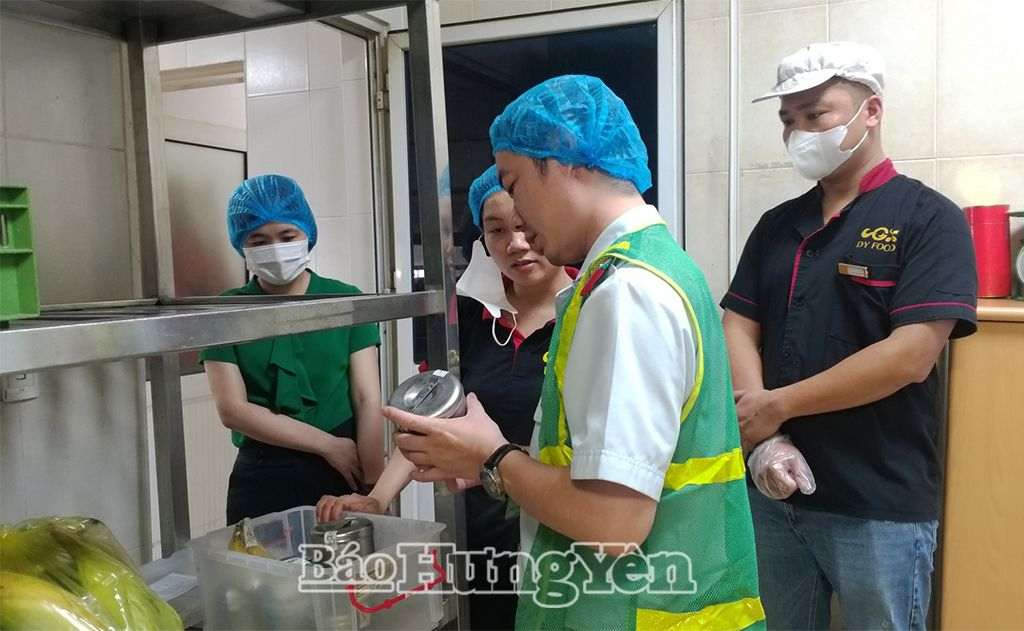
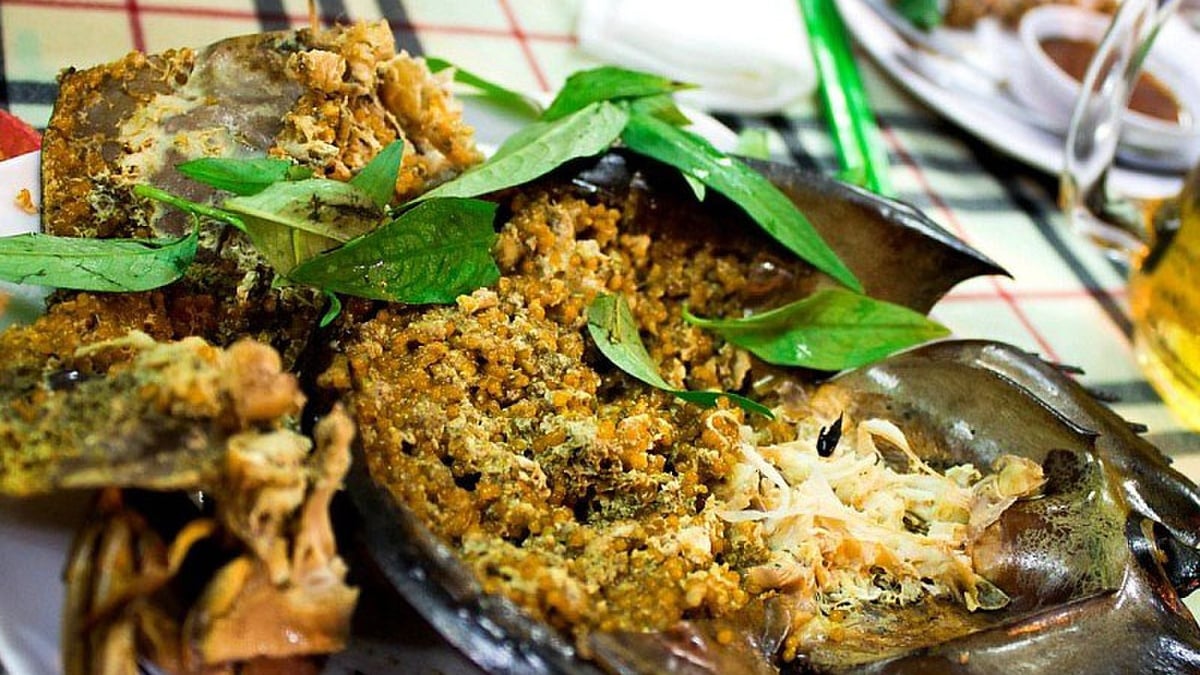
![[Photo] Ha Giang: Many key projects under construction during the holiday season](https://vphoto.vietnam.vn/thumb/1200x675/vietnam/resource/IMAGE/2025/5/1/8b8d87a9bd9b4d279bf5c1f71c030dec)
![[Photo] "Lovely" moments on the 30/4 holiday](https://vphoto.vietnam.vn/thumb/1200x675/vietnam/resource/IMAGE/2025/5/1/26d5d698f36b498287397db9e2f9d16c)

![[Photo] Binh Thuan organizes many special festivals on the occasion of April 30 and May 1](https://vphoto.vietnam.vn/thumb/1200x675/vietnam/resource/IMAGE/2025/5/1/5180af1d979642468ef6a3a9755d8d51)






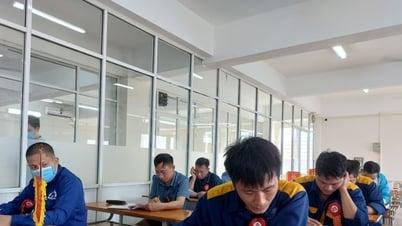







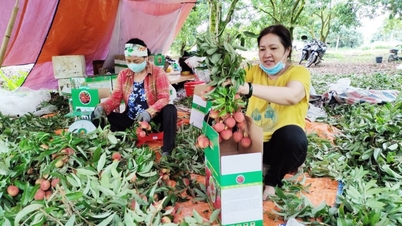











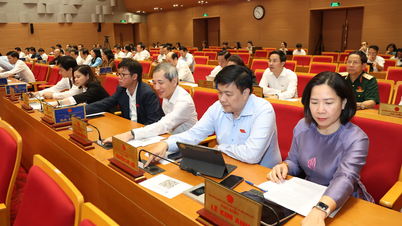











































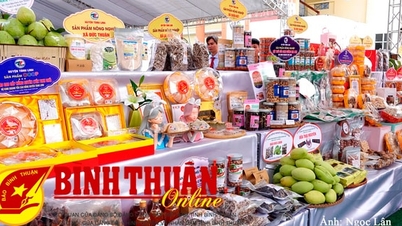
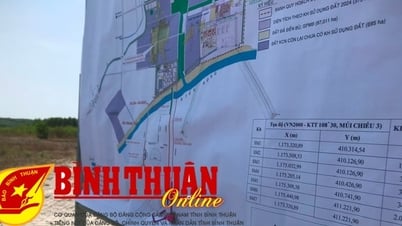
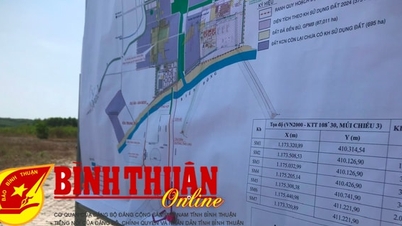






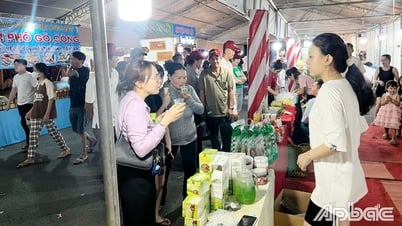



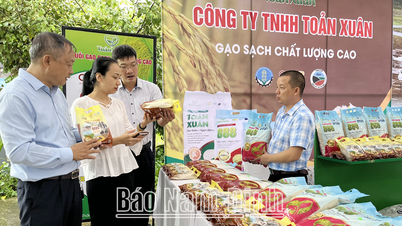



Comment (0)